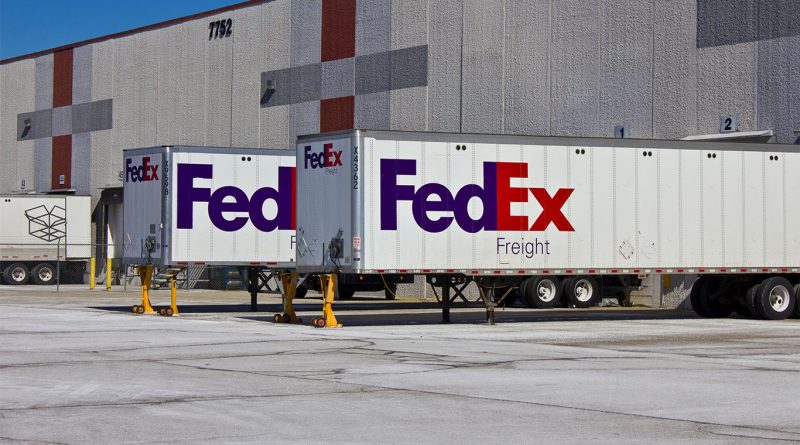FedEx Freight separation could shift the LTL market
Subscribe to our free newsletter today to keep up to date with the latest supply chain industry news.
FedEx’s plan to separate its less-than-truckload unit signals a major realignment in freight logistics. The proposed spinoff of FedEx Freight could reshape how businesses engage with carriers and marks a notable change in FedEx’s long-term strategy.
The company confirmed it is exploring a separation of its LTL division, with the process expected to move forward in the second half of 2025. FedEx Freight has delivered steady profits, generating over $1 billion in operating income in fiscal 2024, even as the freight market has slowed.
The move would allow FedEx to streamline operations and focus on parcel delivery, while enabling FedEx Freight to operate independently. Analysts see this as a step toward simplifying the business and providing clarity for investors.
Financial and strategic considerations
Ahead of the possible separation, FedEx is pulling back capital spending. The company has cut nearly $2 billion from its fiscal 2025 investment plan and delayed equipment purchases worth about $1.4 billion. These adjustments are part of a wider effort to maintain financial flexibility and improve return on capital.
The separation follows the company’s ongoing network overhaul. Known as DRIVE, the initiative aims to increase efficiency by integrating FedEx Express and Ground operations. Spinning off Freight continues that trajectory by reducing complexity across the business.
While this restructuring may appeal to investors, it raises questions for customers. FedEx’s ability to offer integrated parcel and freight services has long been a selling point for enterprise clients.
Impact on shippers
Many businesses rely on bundled contracts with FedEx that include both parcel and LTL shipping. A split could force changes to those agreements, possibly leading to separate billing systems, terms and service points of contact.
Shippers may face a period of adjustment as they renegotiate contracts or manage new administrative processes. For some, that could introduce operational friction. Others may welcome a sharper service focus from two specialized providers.
Whether the change disrupts or improves service will depend on how the companies manage the separation. Communication, pricing consistency and service continuity will all be closely watched by customers.
Competitive response and industry implications
FedEx Freight is one of the largest LTL carriers in North America, with a network that spans over 400 service centers. Even as a standalone company, it would remain a key player. But competitors such as XPO, Saia and Old Dominion may see the transition as an opening to gain market share.
The broader LTL industry is still adjusting to the effects of the Yellow Corp. collapse, which reduced capacity and led to shifts in pricing. A major spinoff could influence how other carriers position themselves in the coming year.
Some analysts speculate that FedEx Freight could draw interest from private equity or strategic buyers, though the company has not commented on that possibility. For now, the focus remains on internal planning and regulatory steps.
The decision to separate LTL services reflects ongoing changes in how logistics companies structure themselves to respond to market conditions. FedEx is betting that less complexity and greater focus will translate into better performance.
Sources:
